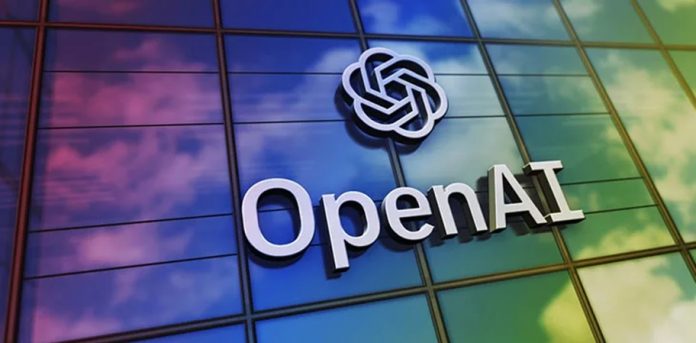OpenAI on Tuesday announced the completion of a long-anticipated recapitalization that formally splits the company into a for-profit entity, OpenAI Group, controlled by a new non-profit parent organization called the OpenAI Foundation.
The move concludes months of legal and corporate negotiations that had faced resistance from its co-founder, Elon Musk, and scrutiny from U.S. regulators.
The restructuring represents one of the most consequential corporate overhauls in the history of the artificial intelligence industry, turning what began as a pure research non-profit in 2015 into a hybrid structure designed to accommodate large-scale funding and rapid commercialization.
Under the new model, the OpenAI Foundation will retain legal control over OpenAI Group, giving it authority to appoint board members and guide the lab’s long-term governance. The foundation will hold 26% of the company, with the potential to acquire additional shares if the company expands as expected. This ensures the non-profit maintains a significant, if minority, influence over the direction of OpenAI’s for-profit arm.
In a blog post announcing the move, OpenAI chairman Brett Taylor said the recapitalization marks a major step toward aligning artificial intelligence innovation with public interest.
“We believe that the world’s most powerful technology must be developed in a way that reflects the world’s collective interests,” he wrote. “The close of our recapitalization gives us the ability to keep pushing the frontier of AI, and an updated corporate structure to ensure progress serves everyone.”
The reorganization also cements Microsoft’s dominant position within OpenAI’s corporate framework. The tech giant, which made its first investment in OpenAI in 2019, will hold a 27% stake valued at about $135 billion, following years of deep partnership on AI research and cloud infrastructure. The remaining 47% will be distributed among institutional investors, including SoftBank, and employees through stock options.
According to Microsoft’s own blog post, the updated agreement extends the company’s intellectual property rights to OpenAI’s models through 2032. It also stipulates that if OpenAI declares it has achieved artificial general intelligence (AGI) — a system that can match or surpass human cognitive ability — it must undergo independent verification by an expert panel before any such claim becomes official.
The recapitalization follows a period of escalating financial and legal tension. OpenAI’s non-profit model had become increasingly unsustainable as it sought to raise tens of billions of dollars to compete in the AI race against rivals like Anthropic, Google DeepMind, and Meta. In April, SoftBank announced a $30 billion investment into OpenAI—one of the largest single corporate investments in history—contingent upon the company converting to a for-profit structure. The final tranche of this funding was reportedly delivered on Saturday, paving the way for the official transition.
However, Elon Musk, who co-founded OpenAI in 2015 before leaving three years later, filed legal objections and at one point proposed to buy the company outright for $97.4 billion. Musk’s objections centered on his claim that OpenAI had deviated from its founding mission of developing open and transparent AI for humanity’s benefit, instead becoming “a closed-source, profit-maximizing Microsoft satellite.”
State attorneys general from California and Delaware also scrutinized the process, raising questions about compliance with non-profit law and whether the transfer of assets to a for-profit entity violated OpenAI’s original charter. Taylor acknowledged the scrutiny in his statement, saying, “We made several changes as a result of those discussions and we believe OpenAI—and as a result, the public we serve—are better for them.”
The new structure effectively mirrors that of Google’s parent company, Alphabet, where a holding entity controls both commercial and research-focused operations, allowing flexibility for investments and acquisitions. Analysts say it will enable OpenAI to accelerate its growth across AI software, robotics, and chip design — fields that have become increasingly capital-intensive.
The restructuring also opens the door for OpenAI to make direct acquisitions, an option it previously lacked as a non-profit. The company is expected to expand aggressively into AI infrastructure, particularly after CEO Sam Altman’s recent statements that OpenAI plans to develop its own semiconductors to reduce dependence on Nvidia and other chipmakers.
Altman confirmed that the recapitalization will not affect the company’s commitment to “safe and aligned” AI development.
To mark the transition, OpenAI announced that Altman and chief scientist Jakub Pachocki will host a public livestream at 10:30 a.m. Pacific Time, where they will answer questions from users and developers about the restructuring and its long-term implications.
Analysts have called the move both a pragmatic and symbolic transformation for the world’s leading AI research lab, marking the beginning of a new chapter.







